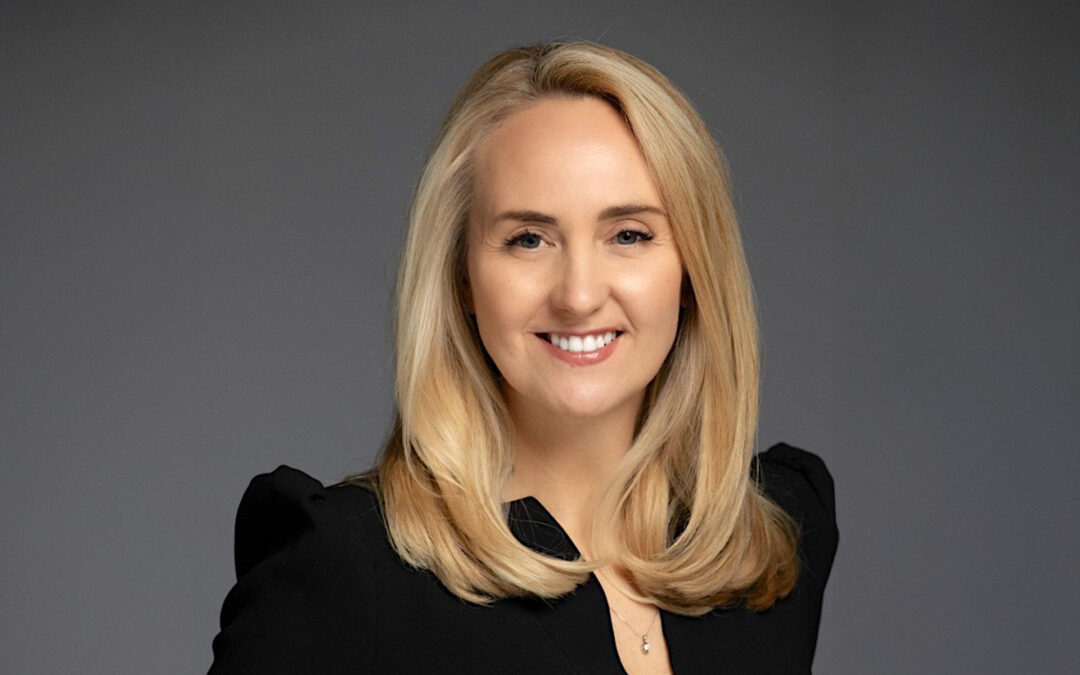Coresight Research reported consumers are ready to spend more on travel this summer as services continue to command consumer dollars despite higher inflation in the sector. However, consumers may be looking to cut some costs as they journey.
Despite higher services inflation, a study by the market researcher indicates that every week so far this year, consumers have been arranging travel at higher rates than in the year-earlier period, with an acceleration in May. An overall gradual increase in consumers making arrangements to travel since the start of 2024 has led to a year-to-date planning peak in the ongoing study’s latest survey, completed in mid-May.
Consumers over 60 have arranged trips at the highest rates in 2024 to date, surpassing other age groups, with almost a quarter having done so, a 5.6 percentage point increase year over year. However, the 18–29 age group reported the highest rate of trip arrangements in May, with a boost from an 8.5 percentage point increase month over month. All age groups have arranged travel at higher rates in 2024 than they did in the year-prior period, Coresight asserted.
Higher-income consumers arrange travel at higher rates, with about a third doing so, compared with lower-income consumers, with the May 2024 data revealing a 19.5 percentage point gap between the highest and lowest income consumer trip preparation. At the same time, consumers living in suburban areas are more likely to have travel plans than those in urban and rural geographies so far in 2024. Still, the gap between the three groups narrowed in May. More than one-quarter of female consumers arranged a trip in May 2024, marking significant month-over-month and year-over-year increases. The proportions of male and female consumers who arranged a trip have been higher each month in year-to-date 2024 versus the year before.
In their spending on services, Coresite pointed out consumers have gone on slightly more trips this year. Those aged 18-29 and those with higher incomes are most likely to have gone on a journey. In May, rural consumers actually took the lead in trips completed, while the proportion of men and women who traveled remained the same proportionately, with men somewhat more likely to have done so.
An interesting note arises, however, from how travelers intend to spend. In analyzing data from the United States Census Bureau, Coresight pointed out that spending on air travel in the U.S. increased throughout the winter, as did spending on packaged tours, although that leveled out a bit in March. Yet, spending on hotels decreased significantly, suggesting consumers have been looking for ways to save money even while spending on such services, whether by trading down, finding alternative places to overnight or bunking in with family or friends.
In another set of data based on a running average from late October 2023 to mid-May 2024 that may be relevant to travel plans, fewer consumers surveyed considered their financial prospects over the next 12 months to get worse and more expected them to stay the same or get somewhat better, perhaps providing at least some confidence in spending. However, that running average includes somewhat lower confidence expressed in the mid-April to mid-May timeframe.





